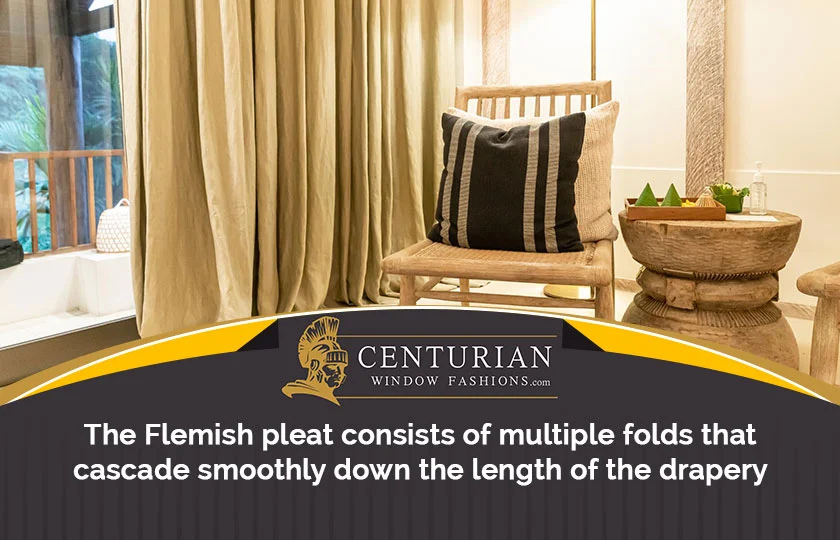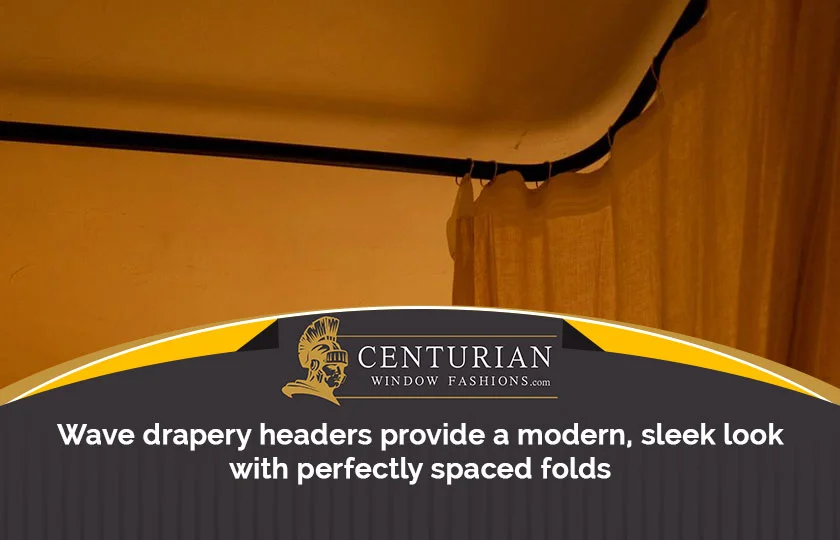When choosing custom drapery for your Toronto-area home, it is essential to consider the header style. Many homeowners focus solely on the fabric’s texture, pattern, and colour. Still, the drapery header plays an essential role in the overall appearance of the window treatment. Indeed, the header style determines how the fabric hangs and how your drapes will complement the room’s decor, making it an essential element of the design.
Whether you’re aiming for elegance, simplicity, or modern appeal, selecting the right header for your custom drapery can significantly enhance the aesthetic of your Toronto home.
In this blog, we’ll explore various header styles of custom drapery to help you choose the one that best fits your preferences and home design in Toronto.
Simple Guide for Popular Custom Drapery Header Styles for Your Toronto Home
To help you make an informed decision regarding your drapery header, let’s break down the most popular header styles of drapery available. Each style offers a unique look and function, so considering how each option fits within your space is worth considering.
1. Pleat Drapery Headers
Pleated drapery headers are known for their sophisticated and timeless appeal. They accentuate the fabric and hardware, adding fullness and structure to your drapes. Below are some common types of pleat drapery headers:
- Traditional Pinch Pleat Drapery Header: This classic style features evenly spaced pleats that are ‘pinched’ a few inches below the top. The pleats offer fullness and consistent folds, giving the drapery a clean, polished look. Depending on the panel length, you can choose a double or triple pinch for added depth. This style has long been a favourite due to its elegant appearance.
- Flemish Pleat Drapery Header: The Flemish pleat consists of multiple folds that cascade smoothly down the length of the drapery. This style is also called an inverted or reverse pleat header, as the pleat fingers can be inverted to create a subtle, sophisticated look.
- Top Pinch Pleat Drapery Header: Also known as the Parisian or Euro pleat header, this style is similar to the traditional pinch pleat but with a more modern twist. The pleats are sewn at the very top, allowing them to flare out for a sleek, contemporary finish.
- Tacked Flemish Pleat Drapery Header: This variation of the Flemish pleat involves fastening the pleats downward to create a drawn-out appearance. It’s a good option for adding length and structure to your custom drapery.
- Tacked Pinch Pleat Drapery Header: Similar to traditional pinch pleats, the tacked pinch pleat involves securing the pleats downward for a longer, more tailored look. This option works well in rooms that call for a formal and structured style.
- Single Fold Pinch Pleat Drapery Header: In this style, the pleats are fixed with woven stiffeners to create a rolling effect. It’s a beautiful way to add texture as well as depth to your drapery while maintaining a clean and sophisticated appearance.
2. Ripple Fold Finishing
The ripple fold finishing style is a popular choice for a sleek, modern aesthetic. It was once primarily used in commercial settings but has made its way into residential homes due to its simple yet elegant design.
The header features an ‘S’ fold, creating continuous, smooth waves along the drapery panel. The fabric is attached to a track via snap tape, ensuring easy movement and minimal hardware visibility, which allows the fabric to be the focal point.
3. Pole Pocket Style
The pole pocket header is one of the most affordable options. In this style, a pocket is sewn into the drapery panel, allowing the rod to slide directly through the fabric. This reduces the need for additional accessories, such as rings or hooks.
However, it’s important to note that pole pocket drapes are not ideal if you frequently open and close your curtains, as they don’t glide as smoothly as other styles. This style is best suited for stationary drapery panels.
4. Wave Drapery Style
Wave drapery headers provide a modern, sleek look with perfectly spaced folds. When fully opened, the wave-like folds neatly stack against each other; the even spacing remains intact when closed. This is a great option for homeowners who prefer a clean, structured look while maintaining the elegance of flowing fabric. The wave style is perfect for modern interiors and minimalist decor themes.
5. Tab and Tie Tops Style
For a more casual or farmhouse-inspired look, the tab and tie tops header style is an excellent choice. In this style, the tabs or ties are sewn directly onto the fabric panel and looped over the rod, allowing the drapery to hang freely without the use of rings. This style is perfect for adding a relaxed, cozy atmosphere to living rooms, kitchens, or bedrooms. The simplicity of this design makes it a favourite for homeowners seeking a laid-back, rustic charm.
6. Grommet Style
Grommet headers are known for their ease of installation and sleek appearance. They consist of evenly spaced grommet rings through which the curtain rod is threaded. This header style is particularly popular in modern homes and works well with various fabrics, from lightweight sheers to heavier blackout materials. Since grommet headers require minimal accessories, they are a practical choice for those looking to streamline their drapery while maintaining a modern aesthetic.
How to Choose the Best Header Style for Your Home
Now that you are familiar with the different types of drapery headers, the next step is choosing the one that best complements your home’s design and personal preferences. Here are some factors to consider when making your decision:
- Room Style: Each room may have a different aesthetic, from formal living rooms to casual bedrooms. Ensure that the header style you choose aligns with the room’s overall decor.
- Functionality: Consider how often you’ll be opening and closing the drapes. A simple pole pocket or tab top style may be ideal for rooms where the drapery will remain stationary, such as a guest room. However, if ease of use is a priority, ripple fold or grommet headers provide smoother movement.
- Fabric Choice: Heavier fabrics like velvet or brocade may require structured pleats or grommets, while lighter fabrics like linen or sheer materials can work well with simpler headers like pole pockets or tab tops.
- Hardware and Rod Style: The type of curtain rod and hardware you use can also impact the overall look. For example, grommet and ripple fold styles require specific types of hardware, whereas pleat styles offer more flexibility in hardware choice.
Selecting the right header for your custom drapery is essential to achieving the look and function you want in your Toronto home. There are many options, each offering a distinct style and practicality. By considering your room’s design, how often you use the drapery, and the fabric’s weight and texture, you can select a header style that enhances your custom drapery and elevates your space’s overall look. Centurian Window Fashions offers a wide range of custom draperies and expert advice on selecting the perfect drapery header. Contact us today for more information or to explore our exclusive collection.


